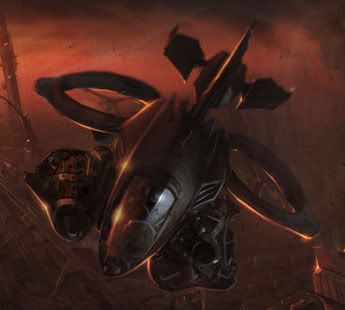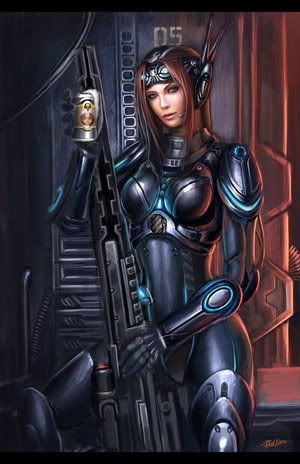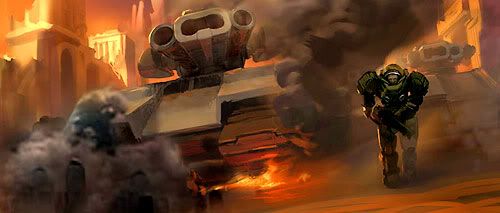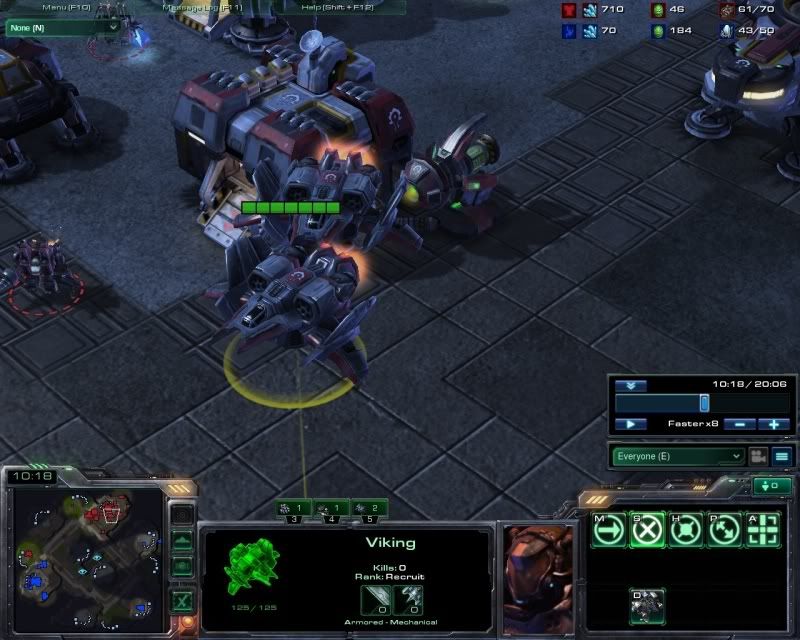
[audio:http://www.blueinkalchemy.com/uploads/bugs.mp3]
We all need reminders from time to time. Soldiers visit war memorials to remember why we fight. You can turn on the television or look up a few political websites to remember why you vote the way you do. And when you’re involved with entertainment, especially if you review movies for one reason or another, you need to remember that they’re not all great cinematic storytelling experiences. Some of them are absolute stinking piles that not only smell on their own but give off a stench of a deeper, more intrinsic problem with the industry. To that end, I give you Bugs.
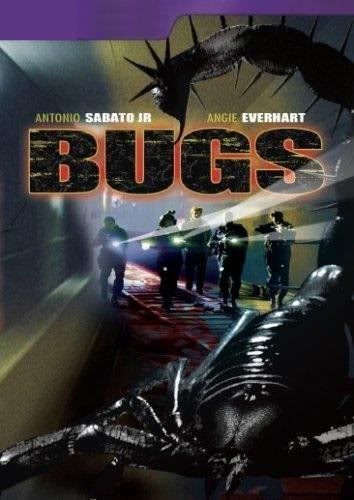
The City (which goes unnamed out of a sense of shame) has built an ultra-modern subway sytem using ancient, as-yet-unexplored tunnels. Thanks to unscrupulous business practices, the construction crews unwittingly awakened the tunnels’ former occupants: giant prehistoric insectoid predators. One of them skewers and partially devours a police officer who was in pursuit of a dangerous transient. An FBI agent is called in when the cops think it’s the work of a serial killer, but evidence on the body prompts the agent to bring this to the attention of a smoking hot entymologist. Together with the supervisor of the tunnels’ construction and a SWAT team of expendables, they head into the darkness to exterminate the bugs.
Being an original TV movie for the Sci-Fi channel, back when it was spelled like the abbreviation for the science fiction it features, Bugs can’t be expected to attract the kind of talent or produce the sort of narrative or visual appeal in larger works. Some corners had to be cut to fit a meager budget but the biggest problems with the movie have very little to do with money. While the CGI is laughable, the acting tends to be more wooden than a carpenter’s assortment of cabinetry and the premise and plot points lifted bodily from other movies, Bugs suffers from three major issues. It’s inconsistent, derivative and, at times, utterly boring.
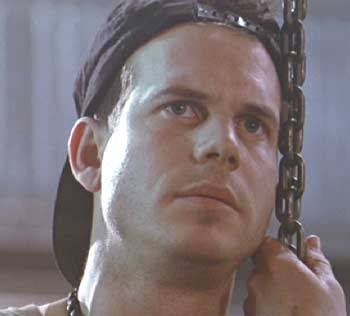
Sorry, Hudson, it’s a bug hunt. …WHUPS! Wrong movie.
The tone of Bugs, at first, seems to lean towards that of B-movie horror, going for a semi-creepy splatterfest as opposed to anything largely cerebral. After all, thinking is for squares, daddy-O, and sometimes a flick is just there so you can turn off your brain, right? But that’s a discussion for another time. In the case of Bugs, if it maintained a bit of camp and tongue-in-cheek awareness it might have risen above the mire of other similar tripe. However more than once, Bugs tries to shift into areas that try to go for pure suspense, tension or emotion, and falls short every time.
The tongue-in-cheek feeling would also help it feel more like an amateur homage to Aliens rather than a blatant rip-off. The chitinous enemies with acidic blood and horrible means of dispatch; a rag-tag cross-section of ethnicities and genders toting guns and acting badass right up until they meet the enemy; the slimy corporate douchebag only interested in the bottom line – heck, there’s even a moment where our hero, Antonio Sabato Jr, climbs into some construction equipment to do battle with the queen. There are shout-outs to the likes of Predator as well, because why stop at ripping off one classic action flick when you can rip off several?

I can’t find pictures from this movie anywhere, so here’s a photo of Angie Everhart instead. You’re welcome.
These two problems coupled with bad direction and a laughable script tend to defang the action and pushes the characters into a mental area of “what the hell ever, just get it over with.” What movies like Bugs and Saw’s sequels and just about any other splatterfest flick fail to grasp is that it doesn’t matter how many ways you can eviscerate a human body if we don’t give a damn about the persons inhabiting said bodies. When the badly-written and worse-acted stock characters are thrown into a meat grinder, what I presume to believe is an action thriller is reduced to a rather dull and tedious lesson in how not to make a movie. You don’t want to write, direct, act or produce in any way like what we see in Bugs.
The only thing that can be said positively is that some of the actors aren’t terrible. The foreman who heads into the tunnels he helped build is easily the best of the bunch, playing his character with reserve and aplomb in a manner clearly deserving of a better movie. Angie Everhart was never a fantastic actress, but she at least delivers her lines and manages some emotion a lot better than some of the other folks involved, and she’s always nice to look at. Our leading man only leads with chiseled handsomeness and acting skills a notch or two below Ms. Everhart’s. Everybody else is so stock they should be traded on Wall Street.

This might actually be our hero. He certainly out-acts every other member of the cast.
The writers of Bugs, Patrick J. Doody & Chris Valenziano (a.k.a. thetwojerks.com), went on from this little turd to write Silent Hill: Homecoming. This is sad on several levels. First of all, it means that with a little effort the first American Silent Hill could have been a better experience that didn’t completely miss the point of what makes Silent Hill great. In the same vein, it means that the producers of that game saw Pat & Chris’s resume and presumably their work, and judged it worthy of a Silent Hill game. The worst part about Bugs isn’t how boring it can get or the way it rips off Aliens the same way many sci-fi shooters do. The worst part is that it’s evidence that so-called producers don’t care about things like good storytelling or artistry or even decent production value. All they want to do is fleece easily-amused idiots with some shallow spectacle that deepens the pile of gold in their pockets. And if they can do it while tacking on extra cash for a 3-D experience and selling big plastic cups of barely-flavored corn syrup, so much the better, right?
Bugs as a movie is bad enough. What it implies about the entertainment industry is absolutely repugnant. If you can, stay far away from both. At least when you rent or call up a movie via Netflix, you have some control over the experience, and your entertainment is in your own hands. Go to a cinema and it’s in the hands of the executives, and they’ll drop you on your face once you hand over your money. And they’re not going anywhere. It’s a thought far more frightening than any blob of CGI scuttling towards Angie Everhart could ever be.
Josh Loomis can’t always make it to the local megaplex, and thus must turn to alternative forms of cinematic entertainment. There might not be overpriced soda pop & over-buttered popcorn, and it’s unclear if this week’s film came in the mail or was delivered via the dark & mysterious tubes of the Internet. Only one thing is certain… IT CAME FROM NETFLIX.

